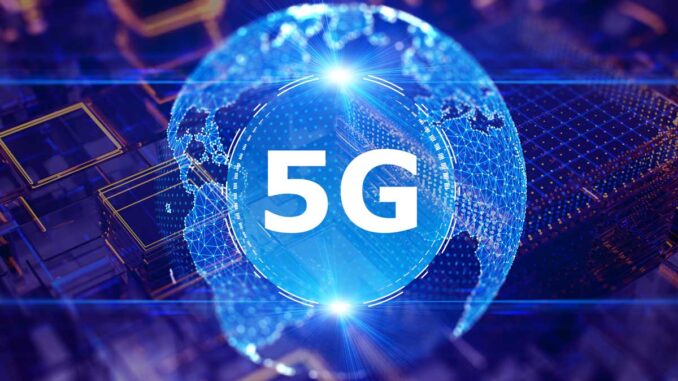
Regulatory compliance for 5G technology involves navigating a complex landscape of legal, technical, and safety standards established by various governmental and industry organizations.
This process ensures that the deployment of 5G networks adheres to regulations that protect public interests, safety, and fair competition. Here’s an overview of the key aspects concerned with 5G technology regulatory compliance:







### 1. **Licensing and Spectrum Allocation**
– **Spectrum Auctions**: Telecommunications authorities typically sell or auction frequencies suitable for 5G services. Compliance involves participating in these auctions and securing the necessary licenses to operate on specific frequency bands.
– **Usage Rights**: After acquiring licenses, companies must adhere to conditions related to the use of the spectrum, including power limits, geographic usage, and interference management.
### 2. **Zoning and Permitting**
– **Local Zoning Laws**: Compliance with local zoning regulations is crucial when selecting sites for towers. Different areas may have restrictions or requirements concerning tower height, appearance, and placement.
– **Building Permits**: Before construction can begin, companies must obtain the appropriate building permits from local authorities, which often include reviews of engineering plans and safety assessments.
– **Environmental Impact Assessments**: Some jurisdictions require environmental reviews to assess the potential impacts on local ecosystems before construction approval.
### 3. **Health and Safety Standards**
– **RF Exposure Limits**: Compliance with safety standards regarding electromagnetic radiation (EMR) exposure is essential. Organizations like the Federal Communications Commission (FCC) in the U.S. and the International Commission on Non-Ionizing Radiation Protection (ICNIRP) set guidelines for safe exposure levels.
– **Worker Safety Regulations**: Adherence to workplace safety standards during construction and maintenance is crucial, which often involves following Occupational Safety and Health Administration (OSHA) guidelines or equivalents in other countries.
### 4. **Data Protection and Privacy**
– **General Data Protection Regulation (GDPR)**: In the European Union, compliance with GDPR is critical for any telecommunications provider, ensuring that personal data is handled and stored according to stringent privacy regulations.
– **Telecommunications Privacy Laws**: Countries have specific laws regarding how customer data must be collected, stored, and shared, especially in relation to user consent and data security.
### 5. **Interoperability and Standards Compliance**
– **Technical Standards**: Compliance with technical standards set by bodies such as the 3rd Generation Partnership Project (3GPP) ensures that the technology is interoperable between different equipment from various vendors.
– **Industry Standards Organizations**: Collaboration with organizations that promote industry standards, like the Institute of Electrical and Electronics Engineers (IEEE), may also be necessary.
### 6. **Competition and Fair Practices**
– **Anti-Competitive Regulations**: Compliance with regulations that prevent monopolistic practices is essential, which may involve adhering to regulations set by national competition authorities.
– **Universal Service Obligations**: In some regions, providers must meet requirements to offer services in underserved areas, ensuring equitable access to telecommunications services.
### 7. **Public Consultation**
– **Stakeholder Engagement**: In many jurisdictions, companies must engage with local communities and stakeholders to address concerns regarding new installations’ visual and environmental impacts.
– **Public Hearings**: Regulatory processes may involve public hearings where community input is solicited, creating transparency and addressing local concerns.
### 8. **Reporting and Monitoring**
– **Regular Reporting**: Companies may be required to submit reports to regulatory authorities concerning their compliance with various laws, standards, and performance metrics.
– **Ongoing Monitoring**: Compliance may also include ongoing monitoring of emissions, operational practices, and customer data protections.
### Conclusion
Navigating 5G regulatory compliance is multi-faceted, requiring telecommunications companies to coordinate efforts across multiple regions and regulatory entities. By adhering to these regulations, providers not only fulfill legal obligations but also foster public trust and support the growth of 5G technologies in a responsible and sustainable manner.


Leave a Reply